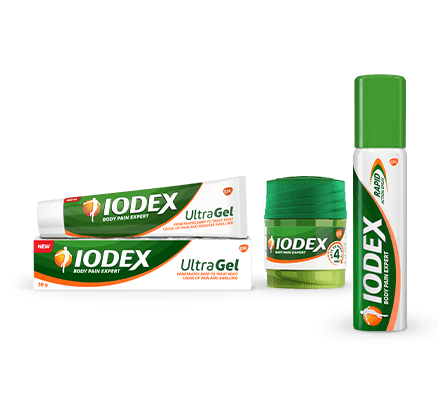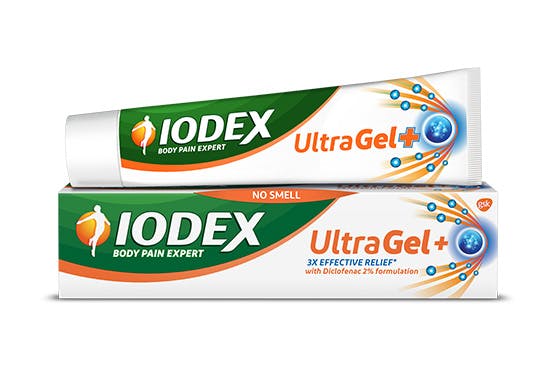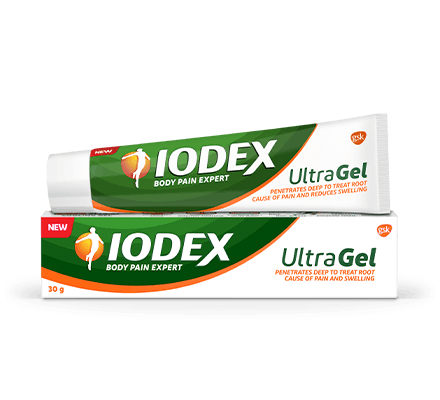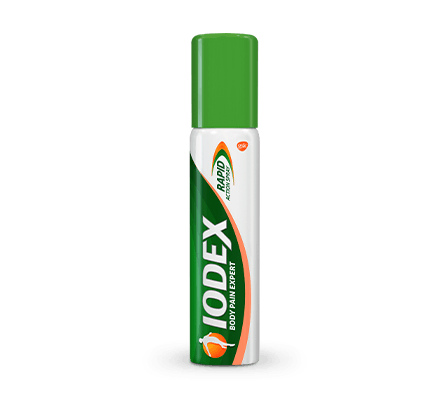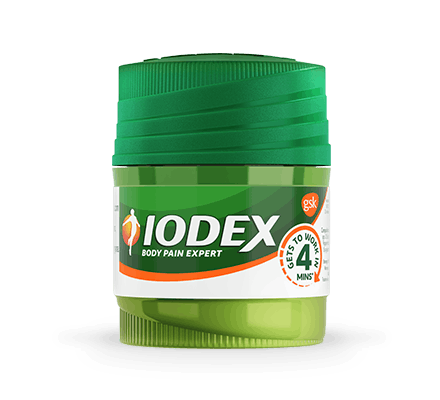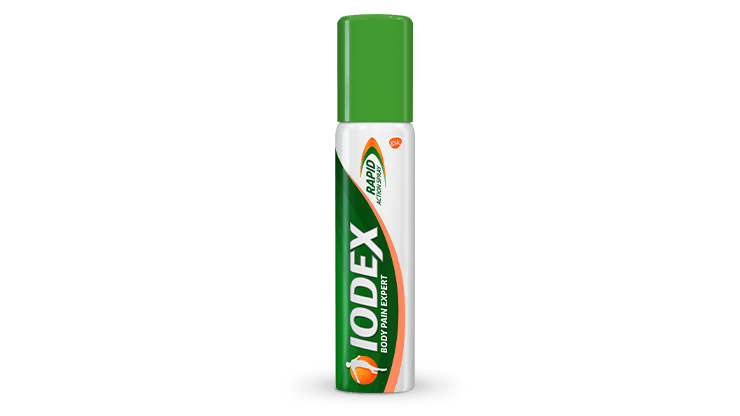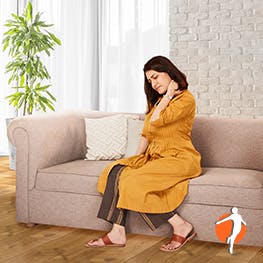
SHARE THIS ARTICLE:
Here we give you the low down on everything arthritis and what you can do about it. There are many differences between the various types of arthritis. Even though not all arthritis is the same, there are some shared commonalities among the different forms of the condition. This page will shed light on what arthritis is, the types of arthritis, what causes arthritis, arthritis symptoms, and what you can do about it.
Let’s start with: what is arthritis? Arthritis is inflammation, which creates swelling or tenderness of one or more of your joints.1 Arthritis can affect children and adults alike, but is more common among adults. All arthritis affects joint function. This means arthritis symptoms can include limited range of motion, joint stiffness and pain, warmth and swelling around their joints, and increased intensity of symptoms after periods of inactivity, such as early in the morning.
(Okay – if you’re getting breakfast in bed from this, we support you! But we also know that even breakfast pales in comparison to hopping out of bed in the morning pain free, with a smile on your face!). However, there are many types of arthritis, each with their own characteristics.
Read on to see which arthritis types there are and how you might be able to manage it.

The two most common forms of arthritis are Osteoarthritis and rheumatoid arthritis, with Osteoarthritis being the more common out of the two.2 Other forms of arthritis include juvenile arthritis, gout, fibromyalgia, and psoriatic arthritis.
Osteoarthritis
Osteoarthritis is the most common form of arthritis. Osteoarthritis is a degenerative joint disease. It’s also known as wear-and-tear arthritis, or arthrosis. Osteoarthritis is a condition that tends to develop over time. So, if you have joint pain in one or more joints that is getting steadily worse over time, speak with your doctor about the possibility that you may have Osteoarthritis.
Osteoarthritis is the result of reduced cartilage, which acts as a lubricant between the bones in your joints ensuring smooth, functional movements. When cartilage gets worn down, the bones in the joint rub against one another, causing pain, stiffness, a diminished range of motion.
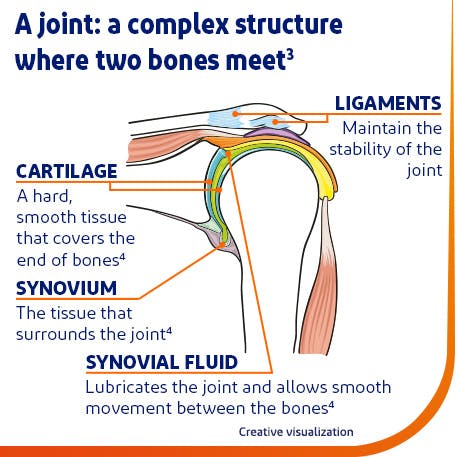
Cartilage deterioration exposes a lot of little nerves that become inflamed. This bone-on-bone rubbing makes movement painful, and can create bone spurs at the site of friction. This rubbing movement can also cause flare ups of inflammation at the site of the Osteoarthritis, which can be very painful.
You are more likely to find Osteoarthritis in joints that are overused. For example, a baker may get Osteoarthritis in the hands, or a runner could get Osteoarthritis in the knees. It can also be caused by carrying around excess body weight, which can lead to muscle strain and extra stress on the joints.3
Rheumatoid arthritis
Different than Osteoarthritis, rheumatoid arthritis is an autoimmune disease, which means that the body attacks the membrane surrounding your joints, causing inflammation. This inflammation can cause severe joint damage if left untreated.
Rheumatoid arthritis is different than Osteoarthritis principally in that it’s systemic – i.e. it affects the whole body and not just the joints. This can mean issues with your heart, lungs, or eyes.
When it comes to joint pain and rheumatoid arthritis, the membrane, known as the synovial membrane, that protects your joints becomes inflamed. This may then result in joint degeneration. Often, nodules are formed around joints as a result of extreme swelling and inflammation. Rheumatoid arthritis damages your joints, cartilage, and nearby bone over time.
Rheumatoid arthritis can get progressively worse over time or in bouts or flareups. The condition results in joint pain, swelling, stiffness, and inflammation in other parts of the body. This can also result in a feeling of tiredness and lack of wellness. Rheumatoid arthritis must be assessed and diagnosed by your doctor. Iodex products are not indicated for treatment of rheumatoid arthritis.
Juvenile arthritis
Juvenile arthritis, as the name suggests, appears in childhood or young adulthood and is characterised by joint pain, swelling, and stiffness, and loss of motion. The most common form of juvenile arthritis is juvenile idiopathic arthritis – or arthritis from “unknown causes.”4 However, juvenile arthritis is usually an autoimmune disorder, which means the immune system turns inward and attacks some of the body’s healthy tissues.5 Again, Iodex products aren't indicated for the treatment of juvenile arthritis caused by autoimmune disorders, so it's best to talk to your health care professional in this case.

Causes of arthritis
What causes arthritis depends on what type of arthritis is being addressed. The most common causes of arthritis include:6
- Injury - the site of an old injury can be where Osteoarthritis hits
- Abnormal metabolism
- Genetics - some studies have shown that Osteoarthritis can have a genetic cause, as well as getting more likely the older you get, or if you are a woman.
- Infection, such as arthritis from Lyme disease
- Immune system dysfunction, for instance in the case in rheumatoid arthritis
Read more here about joint pain causes.
Diagnosing arthritis
To diagnose arthritis, a doctor may perform a physical exam, ask about family health history, and order lab or blood tests, and x-rays. Be sure to talk to your doctor about whatever arthritis symptoms you may be experiencing and when they occur so that a proper diagnosis can be reached.
Explore Iodex’s products for pain relief
Health, wellness & your pain
Pain is rarely just physical nor is it always solved by taking medicine alone. Iodex is your ally in helping you take more control of your pain journey, from the way to sleep, to what you eat, mental wellbeing and complementary pain relief therapies.

